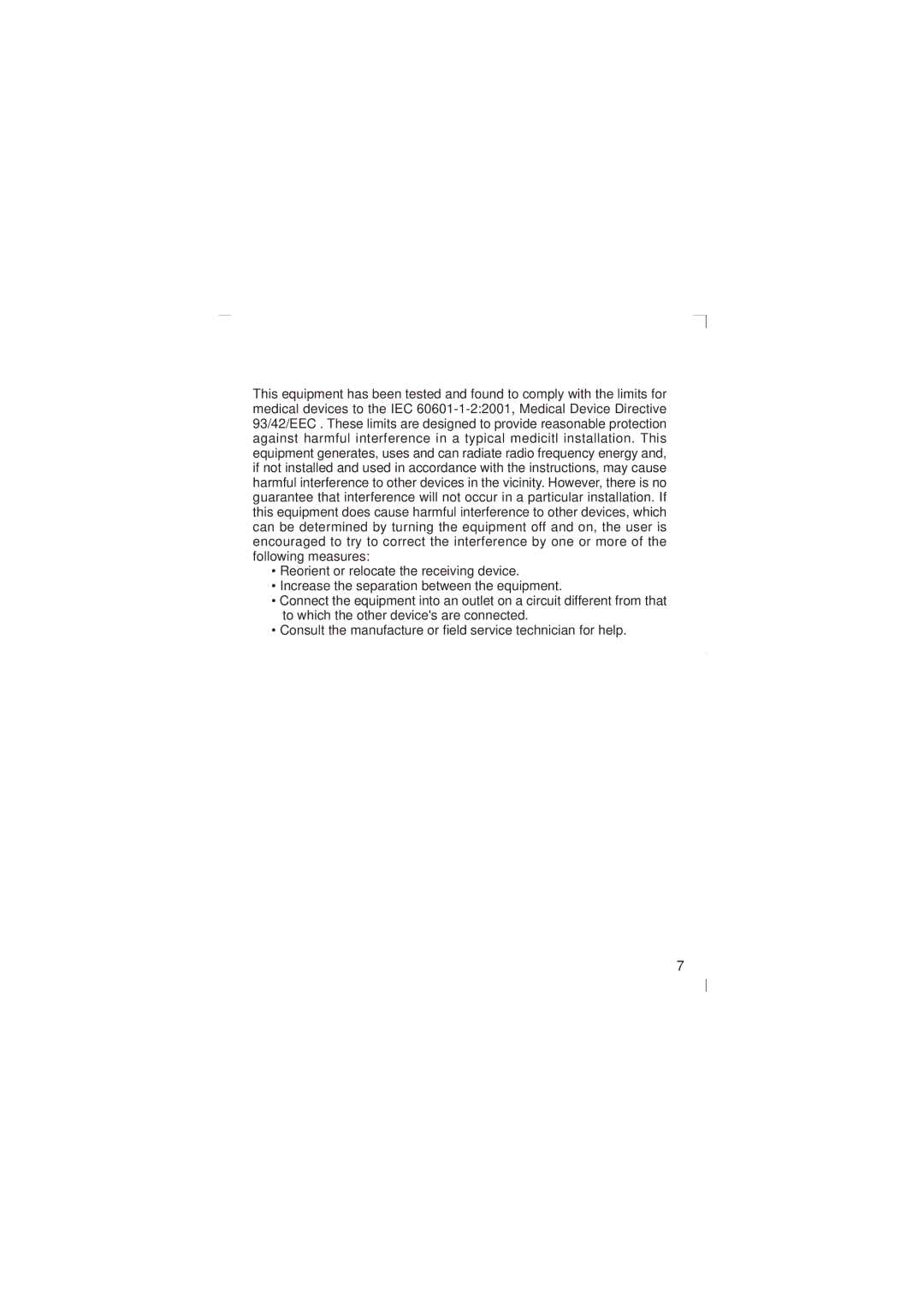Pulsox-2 specifications
The Minolta Pulsox-2 is an advanced diagnostic imaging device, celebrated for its innovative features and significant role in the field of medical imaging. Primarily utilized in pulmonary diagnostics, the Pulsox-2 offers a non-invasive method to assess oxygen saturation levels in the blood, making it an essential tool in hospitals and clinics.One of the standout features of the Pulsox-2 is its ability to provide accurate and reliable measurements of oxygen saturation (SpO2) in real-time. This is vital for patients with respiratory conditions, as it allows healthcare professionals to monitor their oxygen levels continuously. The device utilizes advanced optical sensors that employ the principle of photoplethysmography, enabling it to measure changes in blood volume within the microvascular bed of tissue.
The Pulsox-2 is designed for user convenience and portability. Its lightweight and compact form factor make it easily transportable, allowing healthcare providers to use it in various settings, including emergency rooms and bedside care. Additionally, the device features a clear and intuitive LCD display that presents the measured data in an easy-to-read format, ensuring quick interpretation by medical personnel.
Another notable characteristic of the Minolta Pulsox-2 is its enhanced noise rejection technology, which aids in obtaining precise measurements even in challenging environments. This feature reduces interference from external light sources, ensuring accuracy in diverse lighting conditions. Furthermore, the device is equipped with a robust battery life, which supports prolonged usage and prevents interruptions during critical monitoring sessions.
The Pulsox-2 also offers various connectivity options, enabling seamless integration with electronic health record (EHR) systems. This capability not only streamlines data management but also enhances patient care by allowing for timely access to critical health information. The device is compatible with a range of sensors and attachments, making it versatile for different patient needs.
In conclusion, the Minolta Pulsox-2 is a remarkable advancement in the field of medical imaging. Its combination of accurate measurements, user-friendly design, and integration capabilities sets a standard in patient monitoring. As respiratory disorders become more prevalent, devices like the Pulsox-2 play an essential role in improving patient outcomes through diligent monitoring and timely interventions.

